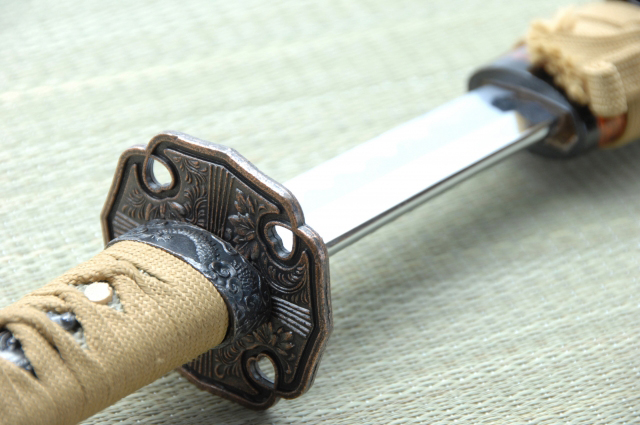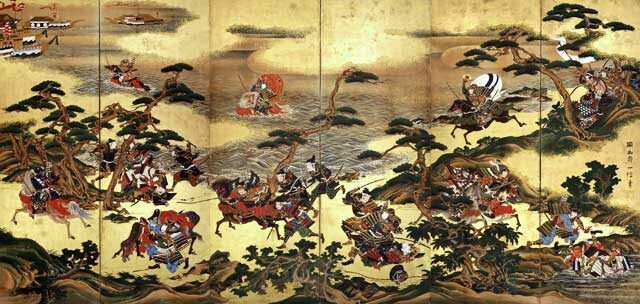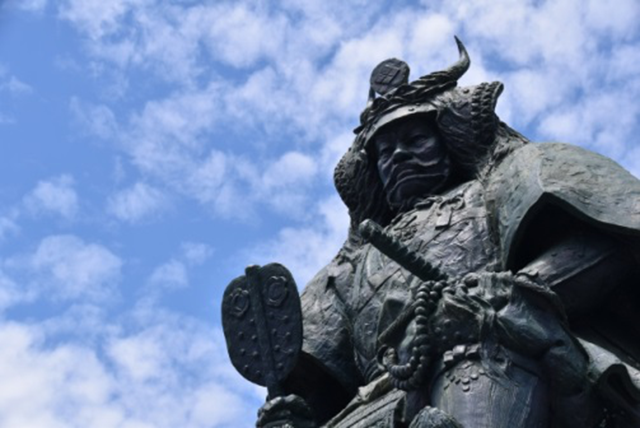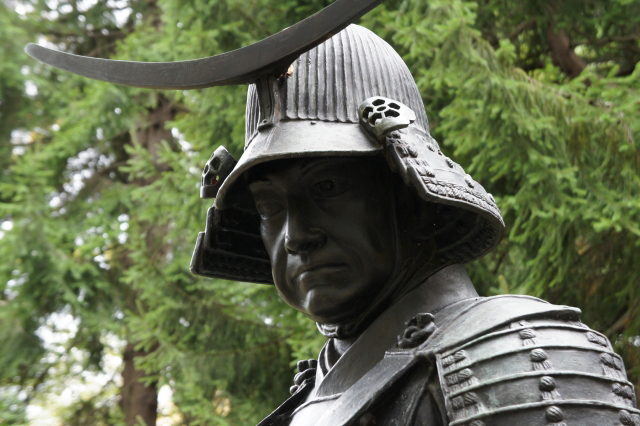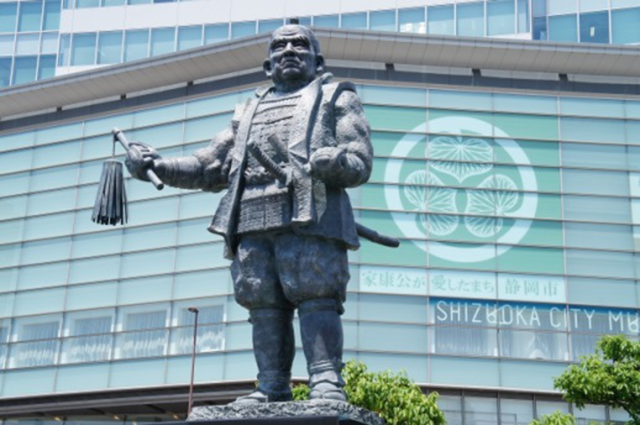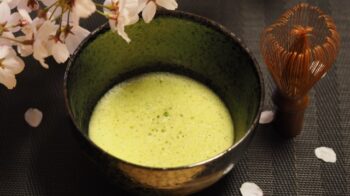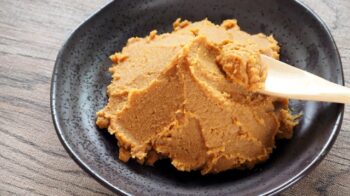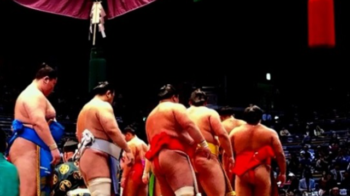Samurai and Miso
Welcome to the world of Samurai and Miso.
It is widely believed that Miso came from China in the 6-7th century.
But unfortunately, it was only for the high class aristocrats.
It’s from the period of Samurai that Miso vividly appeared in Japanese history and therefore, it’s interesting to learn about an inseparable bond between Samurai and Miso.
Below is the contents of this page.
1. What’s a Samurai?
Initially, Samurai meant guards or attendants.
As this fact shows, they were originally the servants of government officials who were dispatched to rural governments during the Heian period (8-12th century).
Mainly, they served as warriors to protect their masters from rogues. That is why the word Bushi (fighting knight) is also used to describe them.
As time passed, they began to organise themselves under the descendants of the Emperors who had lost their positions in the capital (Kyoto) and finally, they established the government (Shogunate) of their own in the 12th century.
Thus, Samurai became a privileged class.
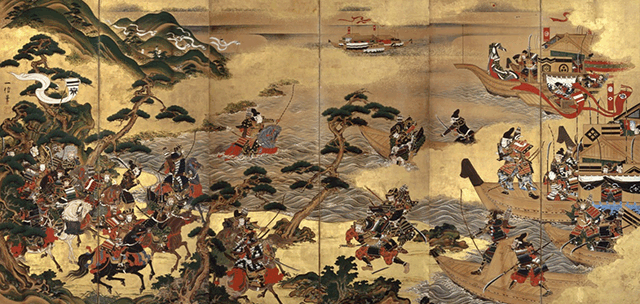
However, most of them were still farmers and they worked hard in two fields: battlefields and real fields.
As you know, both of them required a huge amount of energy and therefore, they yearned for very nutritional foods.
In those days, nothing matched rice and Miso soup.
Thus, Miso and Samurai came to be closely tied to each other.
2. Samurai and Miso
During the civil war period (15-16th century), sometimes Samurais used Miso in unique styles.
For example, they braided long potato stems and simmered them with Miso soup to bring them to military expeditions.
At first, these stems served as ropes to support luggage.
Then, when ropes became unnecessary, they cut it and put it into a cauldron to make soup. The stems themselves served as ingredients for the soup.
Warlords who succeeded in gaining quality Miso in quantity became more and more powerful.
Among them, the most famous are Takeda Shingen, Date Masamune, Tokugawa Ieyasu.
1) Takeda Shingen
Firstly, Takeda Shingen who had been annoyed by the lack of salt.
Although Japan is an island country, his territory called Shinshu (today’s Yamanashi and Nagano prefecture) did not face the sea. As a result, salt which was precious at that time was far more precious here.
The best way to preserve salt is to keep it in the protein, that is to say, making Miso using precious salt.
Before the time this effect was scientifically testified, Takeda Shingen fully understood this mechanism.
How did he realize his projects?
Firstly, he encouraged the farmers on the roadside of his military expeditions to cultivate soybeans and produce Miso.
Naturally, many farmers devoted themselves to Miso making and as a result, this project brought him not only victories in wars, but also an industry in his territory.
Probably, this is one of the greatest reasons why he is still very popular especially in the regions he used to govern.
2) Date Masamune
Next, Date Masamune.
He is well known for his huge storehouses of Miso (Miso- gura).
As well as Shingen, he always bought a quantity of Miso from farmers and merchants and prepared for the wars.
Thanks to these Miso, samurais following Masamune always fighted very bravely.
Thus, he formed a very strong army.
Unfortunately, he did not succeed in unifying the country (another Miso lover, Tokugawa Ieyasu, fulfilled it).
But the system Masamune established to gather Miso from all over his territory brought a big business to his descendants.
Later, when Miso making became commercialised,
they sold Miso to Edo (today’s Tokyo) in good quantity and earned huge amounts of money.
Incidentally, he governed the region of today’s Miyagi prefecture whose centre is Sendai city.
3) Tokugawa Ieyasu
Lastly, Tokugawa Ieyasu.
As a great Miso lover, he always encouraged his vassals to eat a lot of Miso.
For instance, when he invited guests, including aristocrats of high rank, he served quite often a series of dishes cooked with Miso.
Likewise, among the offerings from feudal lords, Ieyasu’s most favorite was the meat pickled with Miso.
As a side note, at that time, samurais ate meat frequently, although gradually, they began to avoid eating it under the influence of Buddhism.
Undoubtedly, Tokugawa Ieyasu is the biggest history maker in Japan.
Without him, Japanese history must have become totally different.
He completely ended the civil war which lasted for around 100 years and established Tokugawa Shogunate in Edo (today’s Tokyo).
Surprisingly, this Shogunate lasted for around 260 years (1603-1867).
3. Kanji and Kana
1) Kanji
To learn Kanji (Chinese characters) is always interesting and beneficial to understand what the word means.
Through Kanji, we can virtually grasp not only the meaning of the word, but also the background it was born in.
Kanji for Samurai is 侍 .

On the left part, you can find 亻.
亻derives from 人(hito) which means a person or human being. By using 亻, 侍 explains that it is a person.
On the right part, you can find 寺.
Today, 寺 means temple. But initially, it meant hands and feet in total. Since many people were working hard using hands and feet in temples, the Kanji 寺 came to indicate temple. Likewise, since samurais were working hard using hands and feet, 侍 came to indicate Samurai.
In those days, Samurais were servants for aristocrats.

Next, let’s look into 武士 (bushi). It’s another word to signify warriors, as well as Samurai.
Firstly, 武(bu).
武 consists of 2 words, that is to say, 戈 and 止. 戈 means swords and 止 means feet and ankles. Therefore, 武 came to indicate the act of carrying swords to fight.
Secondly, 士 (shi).
It was a hieroglyph to describe an axe downward. Since axes were mainly used by warriors, 士 came to indicate warriors.
Interestingly, 力士 which means Sumo wrestler also uses 士. Because they once fought wars as warriors. Furthermore, for the names of professions basically fulfilled independently, such as lawyers(弁護士) and accountants(会計士), 士 is widely used.
2) Kana
There are two phonograms (kana) in Japanese: 1) Hiragana and 2) Katakana.
According to the most supported theory, both of them were formed by adopting one element of a Kanji character with similar sounding.
Originally, Hiragana were only for women. But today, it has by far the wider usage.
Talking of 2) Katakana, we use it mainly for foreign origin words.
Incidentally, there are 46 characters in both Hiragana and Katakana systems.
As for Samurai, Hiragana is さむらい and Katakana is サムライ.
As for Bushi, Hiragana is ぶし and Katakana is ブシ.




4. Samurai or Bushi
Then, what’s the difference between Samurai and Bushi?
As the Kanji shows, the word Bushi describes warriors more accurately.
When farmers began to fight to protect their lands, they came to be called Bushi.
But when some of them began to serve nobles sent from the capital, the word Samurai which means knights or attendants came to be used for them. Thus, Samurai meant warriors of the upper class.
Although the definition of Samurai was constantly changing, this distinction had survived until the 17th century.
However, when Tokugawa shogunate established the strict class system which places warriors on the top, the distinction between Samurai and Bushi became ambiguous.
Today, we prefer the word Samurai. Because the word Bushi gives us the impression closely related to the class system. On the other hand, the word Samurai reminds us of something mental or spiritual.
As a knight, Samurai protects his master at the risk of his own life.

